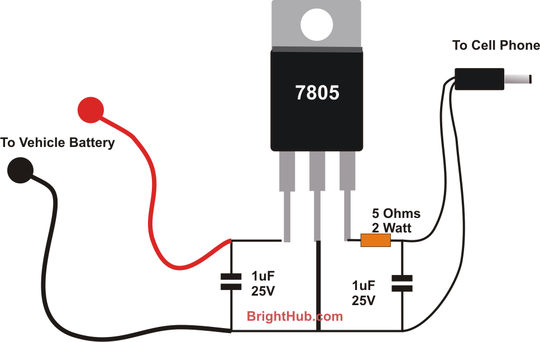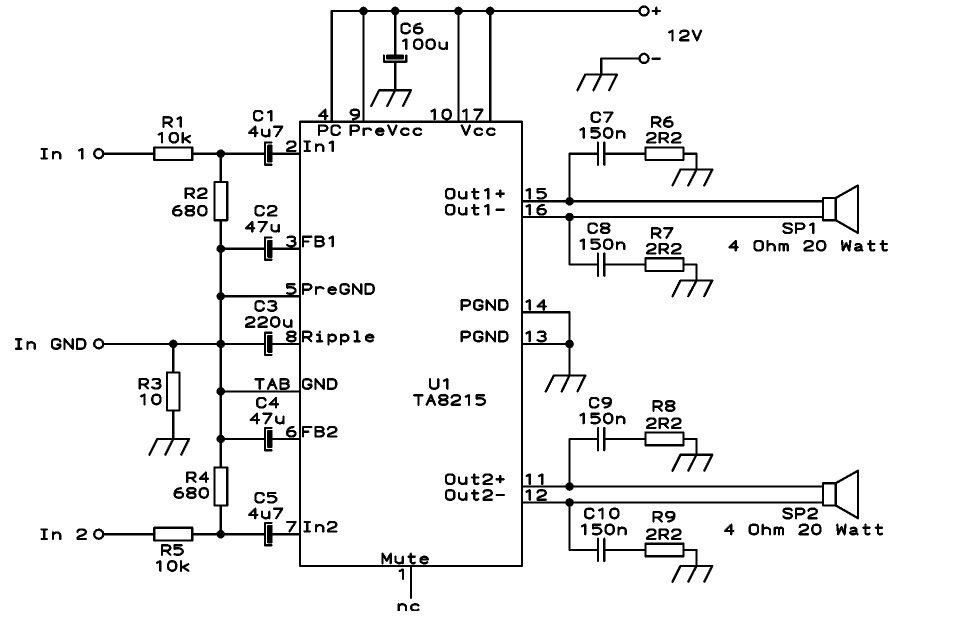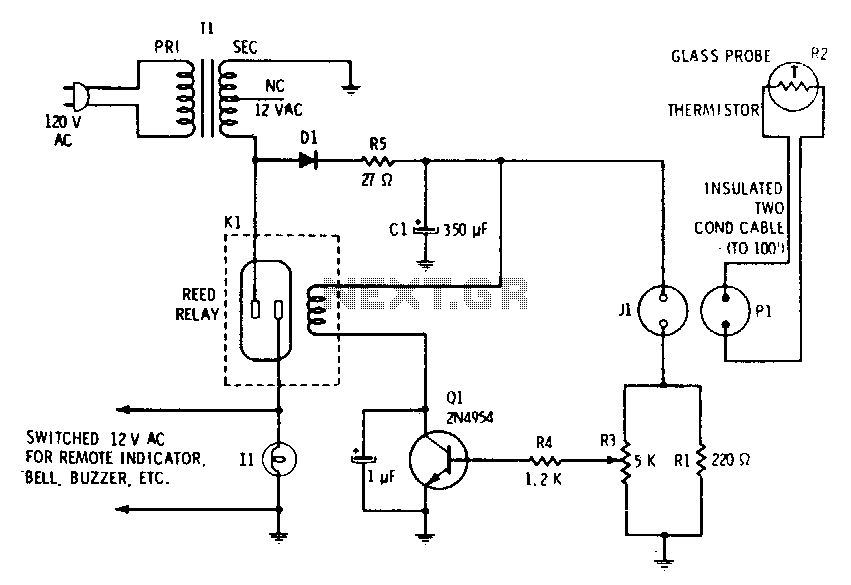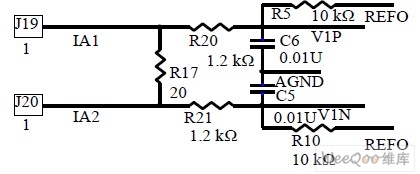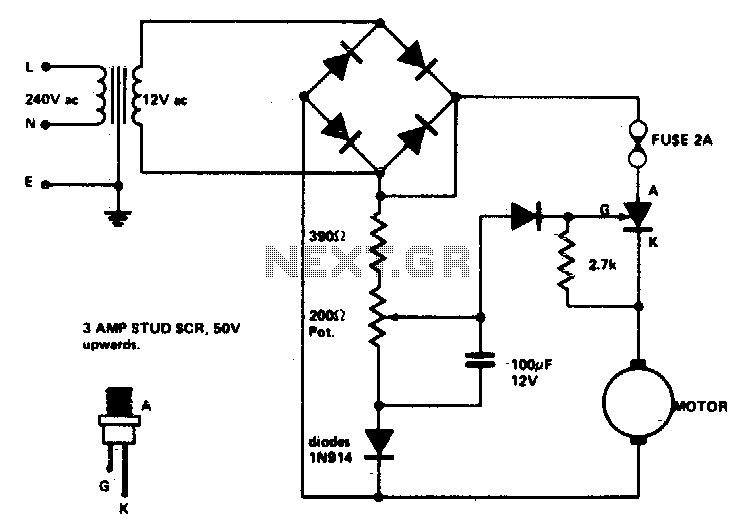
Car battery monitor III

The circuit is simple to assemble and install, and it notifies the user when the battery voltage drops below a predefined threshold set by R1, which is a 10,000-ohm potentiometer. It can signal through LED1 that the battery may be faulty or require replacement if operating the starter results in the battery voltage falling below the specified limit.
The circuit utilizes a basic voltage monitoring system that incorporates a 10,000-ohm potentiometer (R1) to establish the desired voltage threshold. When the battery voltage is above this threshold, the circuit remains inactive. However, if the voltage decreases below this level, the circuit activates LED1, providing a visual indication of a potential issue with the battery.
The 2N3904 transistor can be employed as a switching device in this configuration. When the voltage at the base of the transistor, controlled by the voltage divider formed by R1 and a reference resistor, falls below the set limit, the transistor turns on, allowing current to flow through LED1. This action illuminates the LED, alerting the user to the low battery condition.
In terms of assembly, the circuit requires minimal components: the potentiometer for voltage setting, the 2N3904 transistor, a current-limiting resistor for the LED, and the LED itself. The connections should be made carefully to ensure that the transistor is correctly oriented and that the LED is connected with the proper polarity to function effectively.
This circuit can be used in various applications where battery monitoring is essential, providing a straightforward and effective solution for ensuring battery health and reliability.The circuit is quick and easy to put together and install, and tells you when battery voltage falls below the set limit as established by Rl (a 10,000-ohm potentiometer). It can indicate, via LED 1, that the battery may be defective or in need of change if operating the starter causes the battery voltage to drop belciw the present limit.
You can use the 2N3904 or any equivalent.
The circuit utilizes a basic voltage monitoring system that incorporates a 10,000-ohm potentiometer (R1) to establish the desired voltage threshold. When the battery voltage is above this threshold, the circuit remains inactive. However, if the voltage decreases below this level, the circuit activates LED1, providing a visual indication of a potential issue with the battery.
The 2N3904 transistor can be employed as a switching device in this configuration. When the voltage at the base of the transistor, controlled by the voltage divider formed by R1 and a reference resistor, falls below the set limit, the transistor turns on, allowing current to flow through LED1. This action illuminates the LED, alerting the user to the low battery condition.
In terms of assembly, the circuit requires minimal components: the potentiometer for voltage setting, the 2N3904 transistor, a current-limiting resistor for the LED, and the LED itself. The connections should be made carefully to ensure that the transistor is correctly oriented and that the LED is connected with the proper polarity to function effectively.
This circuit can be used in various applications where battery monitoring is essential, providing a straightforward and effective solution for ensuring battery health and reliability.The circuit is quick and easy to put together and install, and tells you when battery voltage falls below the set limit as established by Rl (a 10,000-ohm potentiometer). It can indicate, via LED 1, that the battery may be defective or in need of change if operating the starter causes the battery voltage to drop belciw the present limit.
You can use the 2N3904 or any equivalent.
